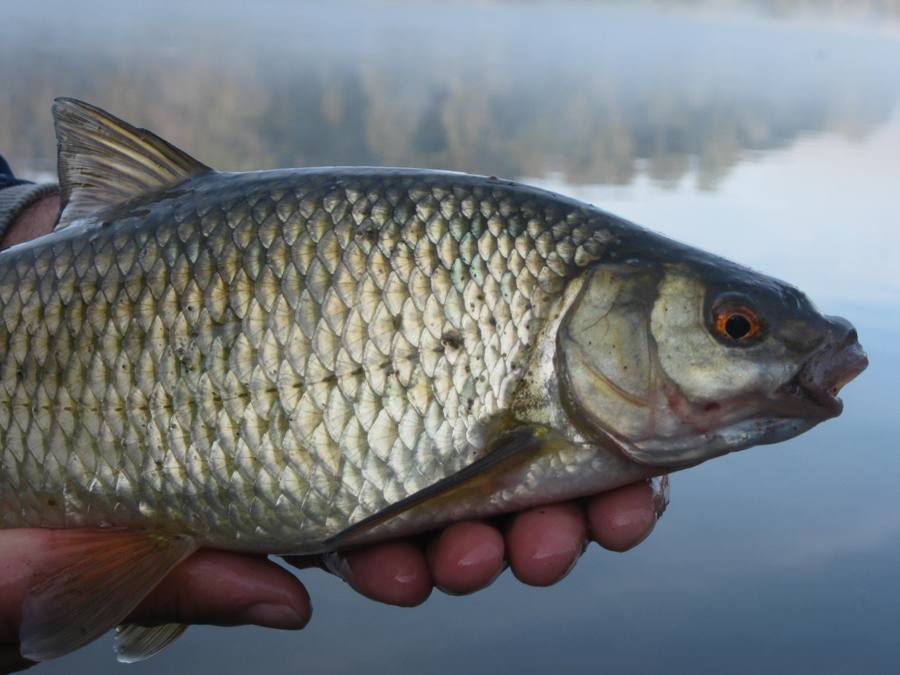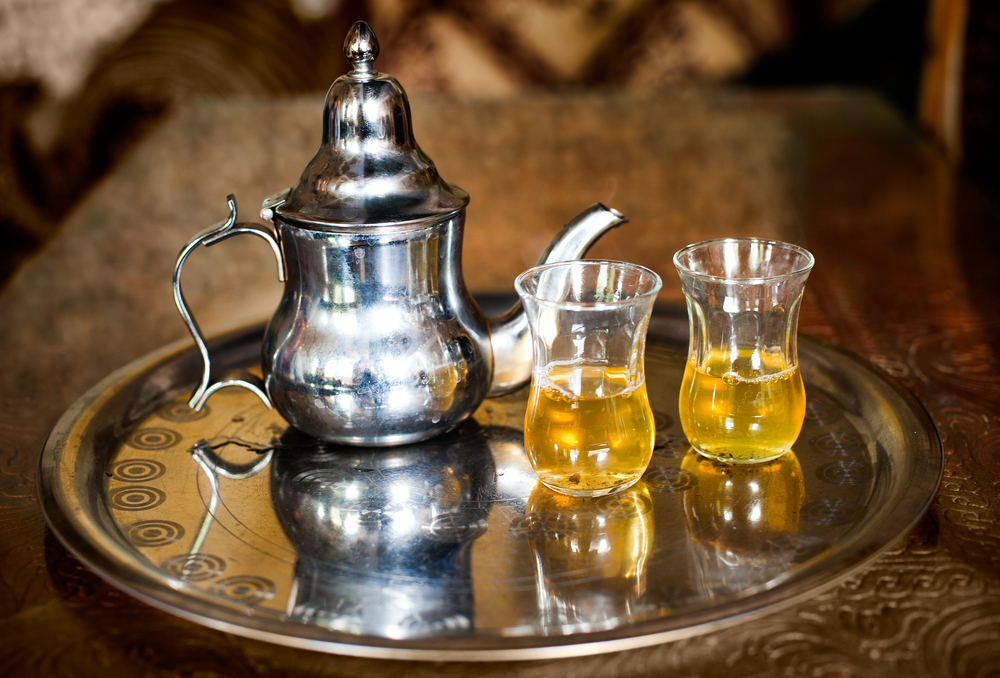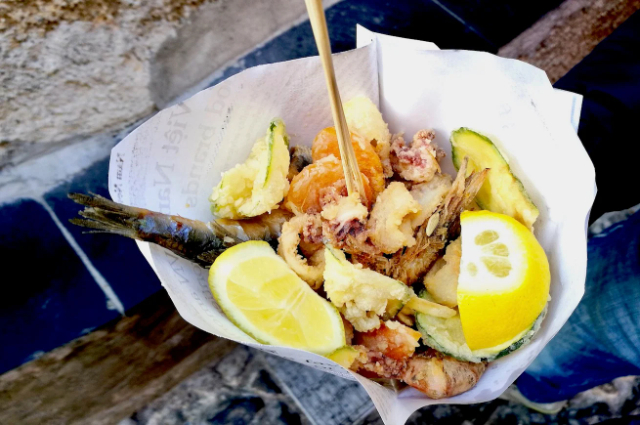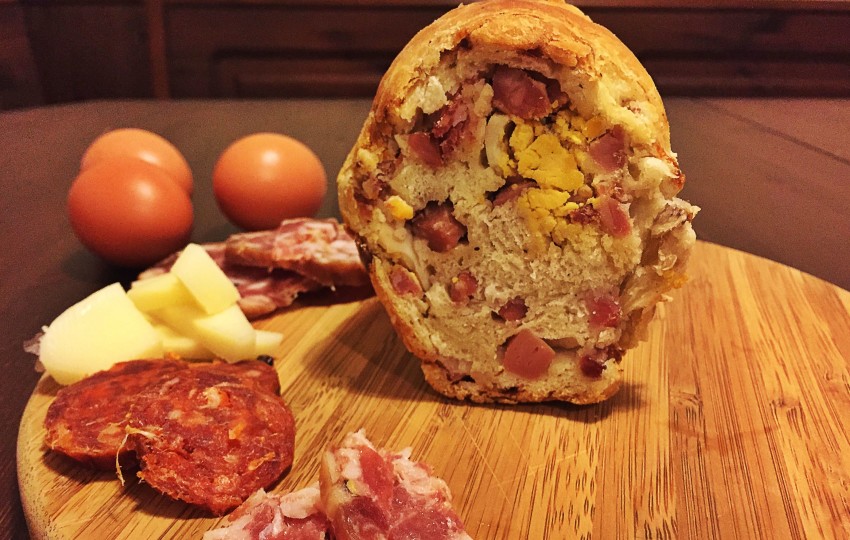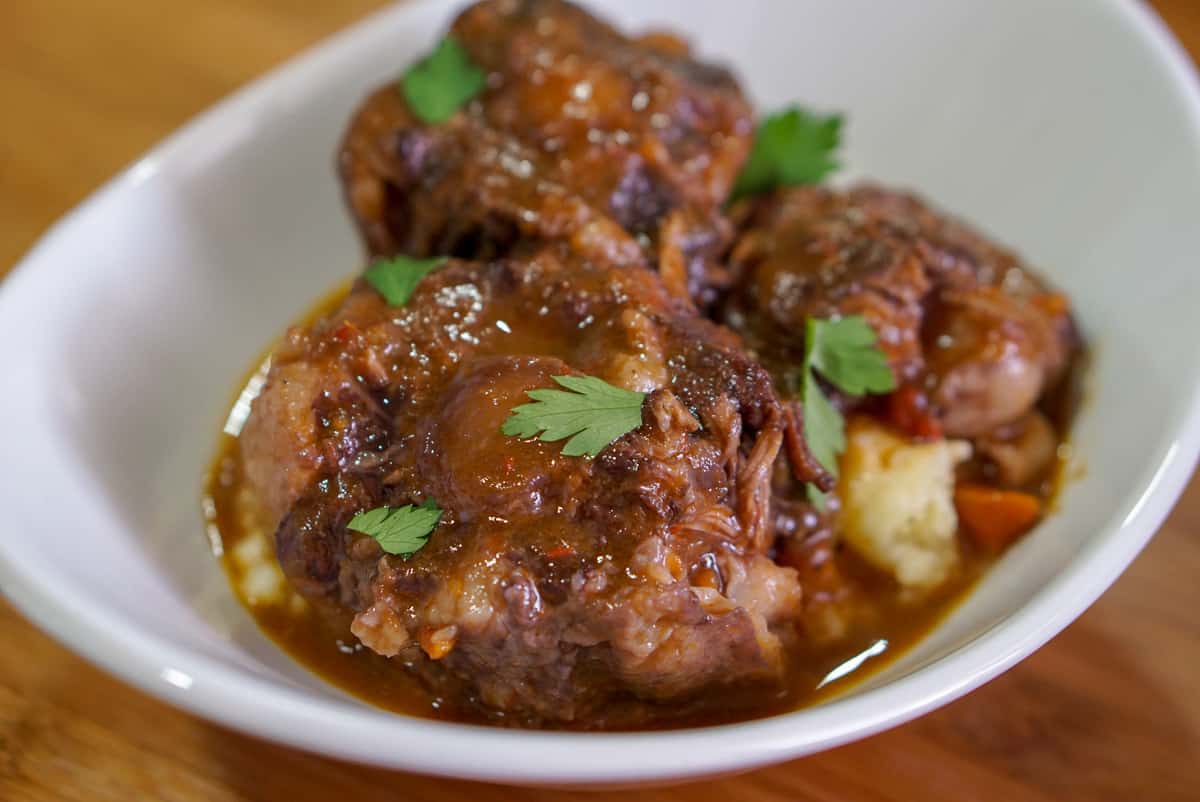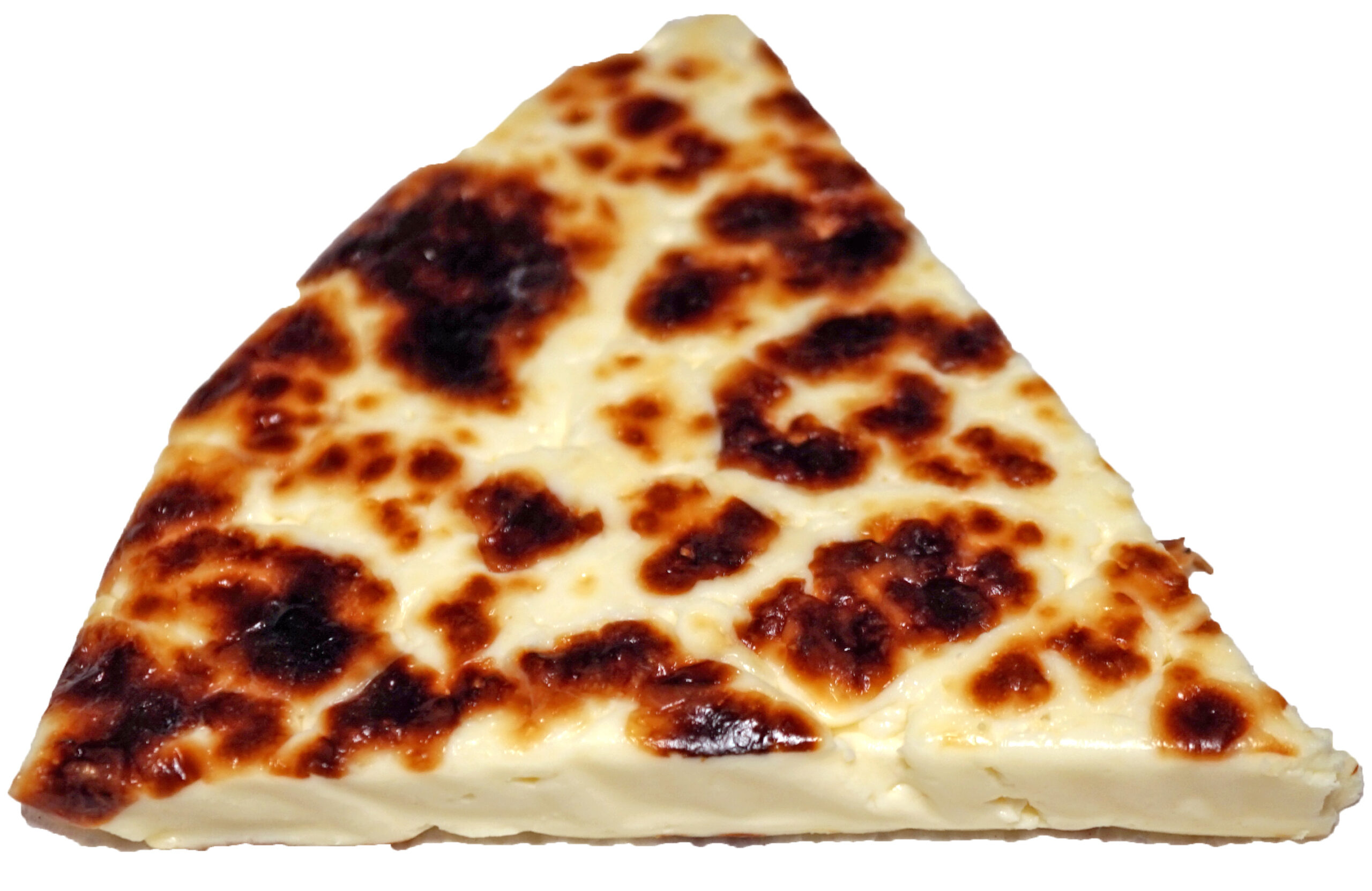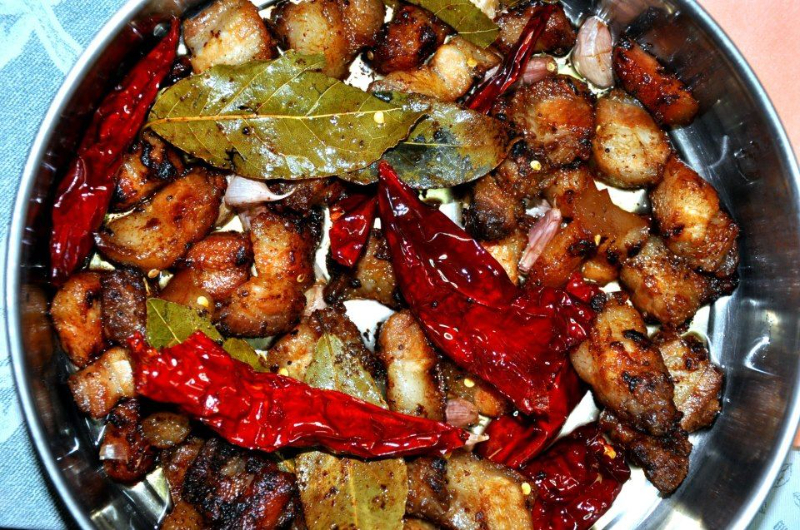The Pigo fish (Rutilus pigus), also known as pygus, is a fish belonging to the Cyprinidae family that lives in the calm, deep waters of lakes and rivers. It has a stocky body with a small head; the back of the body is greenish with scales edged with a darker shade tending to golden yellow on the sides. The belly is silvery and has grey fins. Unlike other cyprinids, the meat of the squartone is more appreciated in the kitchen.
Once fished, squartone is processed according to a traditional method which allows a better conservation throughout the year. First, the squartone is gutted and crumbled, then washed, pickled and hung to dry slightly. In some cases, the ‘squartone’ is pressed under wooden presses so that any fat in the fish can gradually escape. It is then preserved in tin containers under a layer of oil and with bay leaves for a period of between 60 and 90 days. The final product has a semi-hard consistency and a mild taste with some sour notes; the smell is very intense and aromatic. It is produced in the region of the lakes of Como, Iseo, Garda, where this fish is caught.
Traditionally, squartone is cut into thin slices and served as a main course with polenta. It is also eaten as a sauce for starters, grilled or on toast or on a slice of fried polenta.
